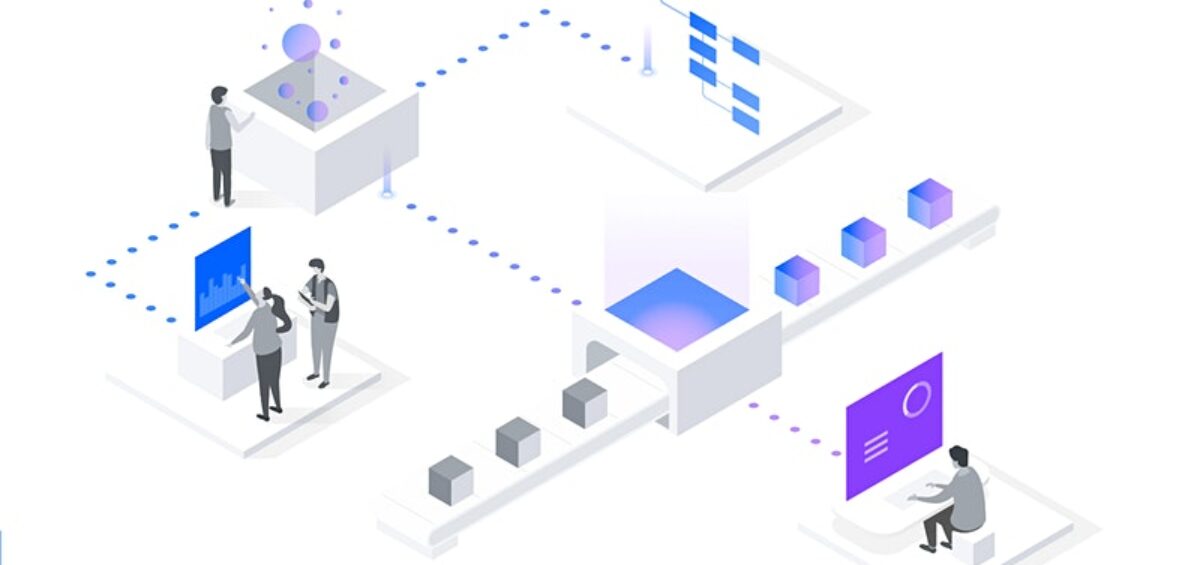First things first, what is Robotic Process Automation?
Believe it or not, RPA of sorts has been around since the late 50s and early 60s. But it wasn’t until the 2000s that the phrase ‘Robotic Process Automation’ was coined. IBM has been among the pioneers that has brought RPA into the mainstream, making the RPA toolkit accessible to all, not just the big boys.
The definition of RPA is quite ‘simply’ the process by which we can automate a process using bots! Taking away repetitive, predictable tasks so that staff can get on with the skilled jobs that robots cannot do. We are on the receiving end of RPA far more often than we imagine, in both our professional and personal lives. For example, RPA can be used between an insurance broker and underwriter to provide faster risk assessment, quotes, and insurance documentation to the customer. And in another example, RPA will reduce the time between medical tests, results, and treatment by connecting disparate healthcare systems, streamlining clinical pathways, giving patients better care and precious time back to clinicians.
RPA is essentially the combination of three technologies, Machine Learning, Screen (UI) Scraping – which is collecting data from a screen and putting it into another application so it can be used – and Artificial Intelligence. And then there’s attended and unattended RPA.
What is unattended and attended RPA?
Put simply, attended RPA is when there is some form of human involvement. It’s normally task-based and designed to cut down the time involved in doing the task and so improving productivity. Unattended RPA is fully automated processes, totally independent of human intervention. Unattended RPA is designed to eliminate human error, taking care of repetitive tasks. In practice, unattended and attended RPA are deployed to work together to increase the benefits of process automation.
What are the real benefits of RPA?
One of the first benefits of RPA to point out is that size of the business is not a barrier. Companies of any size can implement RPA and benefit from a return on investment. There are some important business benefits to point out here too. No matter how hard we try, we cannot avoid human error. However, RPA will eliminate errors, and more than that, robotic workers can work 24/7/365 without breaks, holidays, or sickness, guaranteeing a consistent output.
RPA may also provide the opportunity to cost-effectively repatriate previously outsourced processes, an important consideration given the potential impact on business because of the global Covid pandemic.
There are clear benefits here, what are the pitfalls to be aware of?
The first thing to consider is how committed the business is to adopting RPA. RPA can fail for several reasons, not least because it isn’t given the time commitment and proper support necessary. It needs this support from all corners of the business including IT and HR, as well as buy-in from the leadership team and board. RPA cannot just be played at, the business must have a clear RPA strategy and clear goals, roles and responsibilities assigned. RPA isn’t a silver bullet to address the longer-term organisational and transformational challenges but is a fantastic tool when used and supported properly.
This leads me to the other area of potential pitfalls. The processes that RPA is applied to. It’s really important that RPA is used appropriately. It will fail if it is applied to processes that change frequently or that are too complex with lots of sub-processes. The time commitment is crucial. Pursuing in-house development with a team that does not have enough capacity will end in failure. It is also important to consider the appropriateness of trying to automate a process with little business impact, or where a better custom solution can be found.
Once RPA has been successfully implemented, it’s important not to become complacent. RPA should be scalable to allow for shifting requirements, and security is also critical. RPA privileged credentials must be in place, as well as keeping people out, it is important to let some in. For example, allowing programmers and developers entry to check and test the workflows they have created.
Any final words of wisdom to add?
RPA provides a brilliant toolset to overcome many business challenges. However, there’s always a big picture to consider. Ask yourself if there are alternatives that will deliver a better outcome. This could be system upgrades, particularly if the costs of automation are comparable to a system upgrade. Whichever path the business takes, whether to upgrade or implement a flexible RPA solution, the benefits will be felt, and the business optimised for the future.
We are offering a free 90 day trial of IBM RPA. Not only that but we’ll build a bot for you free of charge (terms and conditions apply).



